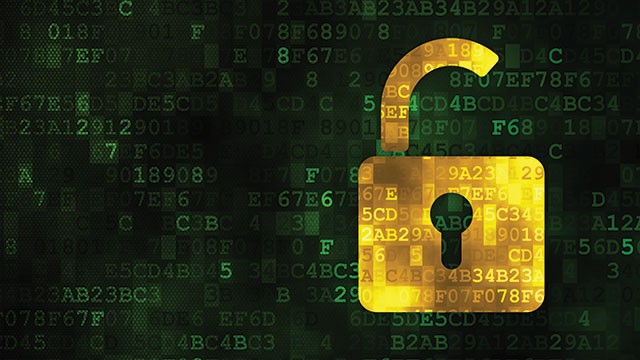
Money Laundering is the process by which proceeds of crime are put through a series of transactions to disguise their illicit origin and make them appear to have come from a legitimate source. The IMF estimates that word-wide money...
laundering could amount to 2-5% of the global GDP. The process of money laundering involves placement, layering and integration. Placement is where illegal money is introduced into the legal financial system. Layering involves concealing the source of money through a series of small transactions whereas Integration entails illegal money being absorbed into the economy as legitimate.

Companies should look out for several issues to pick possible money laundering instances; These are inconsistent customer behavior such as unexplained large cash transactions, unclear ultimate...
beneficial owners, adverse media mentions, transactions with sanctioned countries, limited customer screening procedures/disclosures among others.

An effective compliance program should be able to address the laws and regulations of a jurisdiction. In Kenya, this is governed by the Proceeds of Crime and Anti
Money Laundering Act (POCAMLA); the Proceeds of Crime and Anti Money Laundering Regulations as well as relevant regulations as set out by the Central Bank of Kenya. The core components of the program should highlight the following:

Financial statement fraud mainly involves overstating revenues, assets and profits and understating liabilities, expenses and losses. The act is often intentional. The management has due responsibility of ensuring credible financial
statements are prepared and presented to stakeholders.




Financial statement fraud may involve timing differences where revenues and expenses are recorded in improper periods. This may be done to shift revenues and expenses between one period and the next thus increasing or decreasing earnings.

Forensic Audit entails the examination of a firm’s financial records to identify irregular activities and derive evidence that can be used in a court of law. Internal Audit is the independent...
and objective assurance of an organization’s operations. It provides an approach in which the effectiveness of risk management, control and governance processes are evaluated.



For an organization to effectively manage its fraud risks, the risks must first be identified using a formal risk assessment.

Customer Due Diligence (CDD) is the process of verifying the identity of customers before establishing a business relationship with them as well as assessing their risk level.

The constant fight to deter financial crimes by government institutions such as the Central Bank of Kenya (CBK) and Financial Reporting Centre (FRC) as well as international agencies has been a frustrating one